Indigenous Peoples Crafts
Our focus this week is textiles, embroideries and other surface designs from South and Central America, as well as Africa.
In Mexico and Central America, a huipil is a traditional loose-fitting woven garment worn by women. The garment is heavily decorated with details woven into the fabric, in example, ribbon and embroidery. The decoration may vary depending on social rank and type of occasion.
The rose embroidery above is an example of work from the city of Tehuantepec, located in southeast Mexico. The embroideries are commonly applied to beautiful circle skirts worn by dancers during velas, which are annual celebrations honoring local patron saints.
In the 17th century the Dutch and English brought their waxes to Africa. Not long after, Batik printing became a cherished form of creative expression and communication in Western Africa. Similar to the above techniques, the batik designs could be created for special occasions or to express marital status and religious beliefs.
The handcrafted nature of these techniques is what makes them truly beautiful. Whether implementing the techniques or utilizing the motifs to create prints, we think these crafts offer a wide range of inspiration.


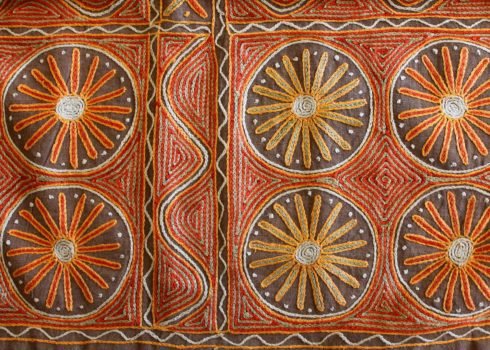
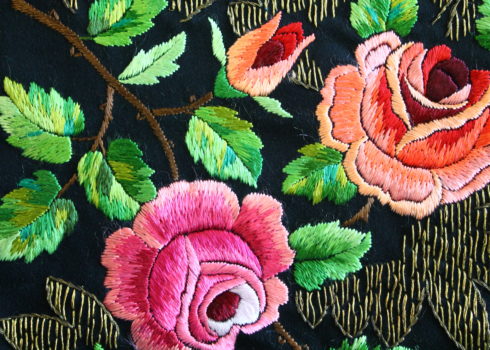
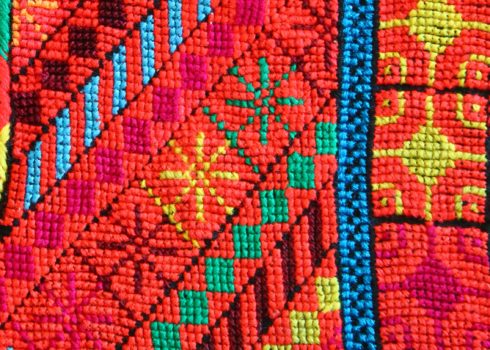
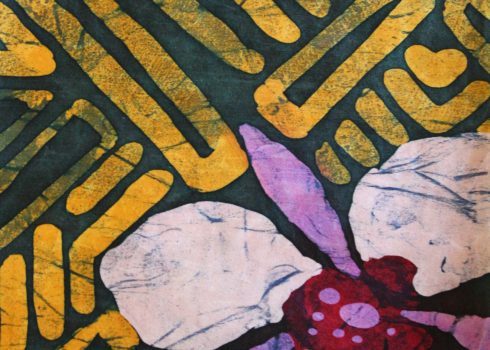
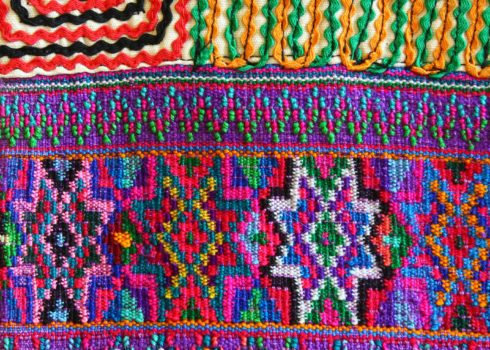

 Pat Nugent
Pat Nugent